
The lemurs of Madagascar are a group of primates endemic to the island nation located in the Indian Ocean off the southeastern coast of Africa. Madagascar is the only place in the world where lemurs can be found in the wild, making them a unique and valuable part of the island's rich biodiversity. As members of the infraorder Lemuriformes, lemurs are a type of prosimian, which are primates that evolved before monkeys and apes.
There are over 100 different species of lemurs, and they come in a wide range of sizes, colors, and behaviors. Unfortunately, many lemur species are threatened or endangered due to habitat loss, hunting, and the illegal pet trade.
Lemurs have an ancient evolutionary history, with their ancestors believed to have arrived on Madagascar between 40 and 52 million years ago. It is hypothesized that these early lemurs rafted to the island on floating vegetation, carried by ocean currents from mainland Africa. Once they arrived on the island, they diversified into a wide array of species that adapted to various ecological niches. This has resulted in a unique and diverse range of lemurs that can be found in habitats ranging from dry spiny forests to lush rainforests. Learn more from the video below and find more information beneath it.
One of the most famous species of lemurs is the ring-tailed lemur (Lemur catta), easily recognizable by its striking black-and-white striped tail. Ring-tailed lemurs are highly social animals that live in groups called troops, usually led by a dominant female. They are primarily active during the day, spending much of their time foraging for fruit, leaves, flowers, and the occasional insect. Another well-known species is the indri (Indri indri), the largest living lemur. Indri are known for their haunting and melodic calls that can be heard echoing through the forests of eastern Madagascar. They are arboreal creatures that leap between trees using their powerful hind legs.
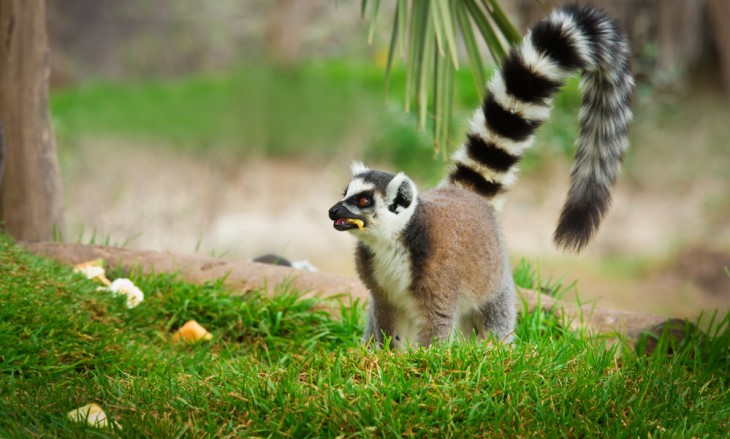
The aye-aye (Daubentonia madagascariensis) is one of the most peculiar and enigmatic lemurs, with its large, bushy tail, long fingers, and distinctive appearance. The aye-aye is a nocturnal animal that uses its elongated middle finger to extract insects from tree bark, making it an important part of Madagascar's ecosystem. The red-ruffed lemur (Varecia rubra) is another striking species, characterized by its vibrant red fur and black face. This arboreal species is native to the rainforests of northeastern Madagascar and is critically endangered due to habitat loss.
Lemurs play a vital role in the ecosystems of Madagascar, as they are important seed dispersers and pollinators. Many plants on the island rely on lemurs for their survival, as these primates help spread seeds throughout the forests. In turn, lemurs rely on the fruits, flowers, and leaves of these plants for sustenance, making the relationship between lemurs and the flora of Madagascar mutually beneficial.

Despite their ecological significance, lemurs face numerous threats that have led to a decline in their populations. Deforestation is the primary cause of habitat loss for lemurs, as logging, agriculture, and mining activities continue to encroach on their natural habitats. Additionally, hunting for bushmeat and the illegal pet trade have further contributed to the decline of lemur populations. Conservation efforts are now more important than ever to ensure the survival of these unique creatures.
 16:05
16:05
Hilarious Nature: True Facts About Elephants!
Come with us as we explore this huge mammal, make some jokes and meet one of the smartest and most fascinating of all animals, the elephant.
 2:57
2:57
This Tiny Octopus Gets Excited When His Human Visits
Watch this tiny octopus as it gets excited and 'plays' with his human friend.
 1:00:43
1:00:43
Dive Deep Into the Vast Open Serengeti in 4K
Watching wild animals in their natural habitats is as exciting as nature gets. Enjoy the journey!

14 European National Parks Everyone Should Visit
When planning your next European adventure, be sure to set aside at least a day to visit one of the following national parks!
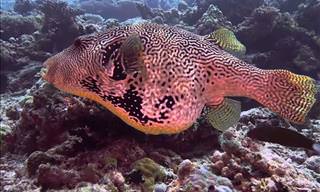 13:18
13:18
When You Dive In These Waters, You Find a World of Color...
The Maldives feature some of the most beautiful diving spots in the world, filled with exotic aquatic life and colorful underwater plants.

This Photographer Captures Crystals with Indelible Beauty!
Behold 17 gorgeous crystals by the talented photographer László Kupi.

Animal Family Portraits Are Just As Cute As Human Ones...
These portraits of animal families are truly adorable. It's also a mystery how the photographers managed to get a series of wild animals to hold a pose!

These Are Definitely the Oddest Couples I Could Imagine...
These strange couples destroy all my previous notions about animal relationships.
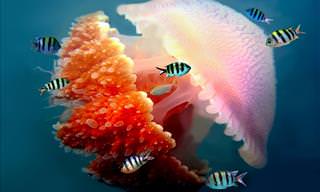 44:04
44:04
Explore the Secret World Of The Jellyfish With This Video
This full documentary will help you get a better understanding of the world that jellyfish inhabit.

Few Flowers are as Colorful as the Tulip...
Tulips are some of the most stunning flowers imaginable. Take a look at these breathtaking photos to find out why.
 11:54
11:54
Admire the Never Ending Beauty of the Rocky Mountains
Rocky Mountain National Park is one of the most beautiful and awe-striking natural wonders of the USA - take a tour through this must-see location in this video.

15 Magical Animal Moments That’ll Make You Smile All Day!
Animals sometimes take on the role of "models" and provide photographers with the opportunity to capture wonderful moments of magic that simply warm our hearts.
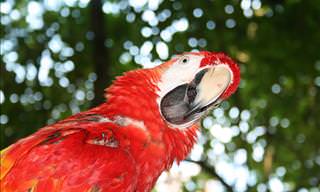
Do Animals Talk? You’d be Shocked at What They Have to Say
Videos about animals learning to communicate with people
 32:49
32:49
Ocean-Big: Why Are Some Deep Sea Creatures So HUGE?
This video explores the unique environmental pressures and evolutionary advantages that lead to the extraordinary sizes of deep-sea dwellers.

Who Said Minerals Can't Be As Beautiful As Gems?
The most beautiful minerals in the world show themselves in these stunning photos.
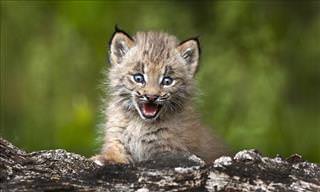
The Adorable Babies of 10 of the Most Feared Predators
Although we'd prefer not to come close to predatory beasts, their babies are so cute and hard to resist!
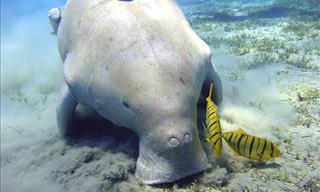
14 Special Animals You Didn’t Know Existed
In our magical world, there are millions of different kinds of animals, some beautiful and some strange. Take a peek at 14 of them right here...
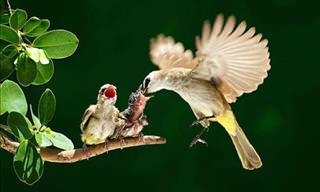
This Is How Mother Birds Care for Their Sweet Chicks
Motherhood is a wonderful thing. It binds not only humans together, but birds too. These photos are simply amazing.

Mother's Day is Celebrated Among the Animals Too...
Remind yourself of your mother's love this Mother's Day by viewing these heartwarming photos of animal moms with their young.
 2:59
2:59
Animal Kingdom: Meet the World’s Grumpiest Cat
Pallas’s cats are perhaps the most unusual wild cats of our planet.
 7:50
7:50
The Top 10 Animal World Record Holders Are Totally Awesome
From a bird doing slam dunks to a dog freely skateboarding through a human tunnel, here are the top ten animal Guinness World Record holders!
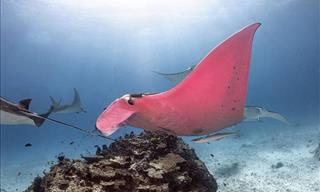
6 Animal Mysteries That Are Puzzling Scientists
As much as humans like to think they know everything, these animal-related mysteries are perplexing even to scientists.

Animals Don't Need the Word Love. They Use It All the Time.
The Animals Fell In Love Today...
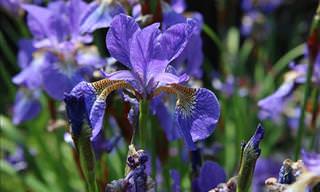
10 Vegetables and Plants You Can Grow in the Fall
Just because we're approaching fall it doesn't mean you should hang up your gardening gloves. There's still plenty of things you can plant in your garden.
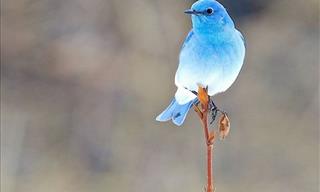
19 Gorgeous Birds You Might Not Have Seen Before
Birds are one of the most varied and beautiful species. These 19 exotic birds are absolutely beautiful!

World's Finest Wildlife Images Crowned for 2023: 16 Pics
Check out the outstanding winners of One Eyeland’s 2023 Wildlife Photography Awards.

8 Flowers That Left an Indelible Mark On History
Here is a look at some interesting flowers that aren't just beautiful to look at but also influential, having left an indelible mark in history.

Adorable Miniature Donkeys Are Here to Make Your Day!
These diminutive donkeys aren't babies or dwarves, but an adorable breed of smaller donkeys. They’re so cute you’ll want to adopt a few.

These Intimate Animal Portraits Will Leave You Stunned
Photographer Pedro Jarque Krebs takes intimate close-ups of wild animals. Here are some if his best shots.

This Post Will Clear Up Any Misconceptions About Dogs
There are numerous misconceptions concerning the best ways that we should interact with dogs. This post will definitely clear everything up.
 14:17
14:17
Who Needs Superheroes When We Have These Dogs?
Take a look at the extraordinary stories of five remarkable dogs who save lives and stop crimes.

Unbelievable Photos from World Nature Photography Awards
Marvel at the incredible photos from the World Nature Photography Awards 2024.

These Pictures Perfectly Capture the Magic of Fall
Enjoy this beautiful collection of fall pictures.
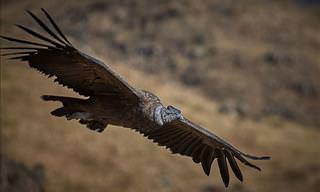
The Oldest Cat in the World Lived Nearly 40 Years!
These creatures and organisms from all around the world are the oldest of their kind, and may even be the oldest living things on Earth!

30 Reasons Owls are Beautiful...
Owls have beautiful eyes, they are great hunters and are highly intelligent. Here are 30 owls photos that prove they are stunning and elegant creatures.
 3:14
3:14
A Dolphin Asks a Human for Help!
We have seen animal rescue, but rarely have we seen the animal search for humans to save it!
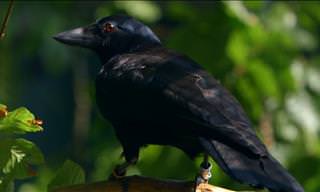 3:20
3:20
WATCH: Crows Are a Lot Smarter Than You Imagine
I never thought birds could be this intelligent...

These Award-Winning Wildlife Photos Are Phenomenal
View some of the best entries from the 2017 edition of GDT's ‘European Wildlife Photographer of the Year' competition. Take a look.

These Photographs Beautifully Capture Stunning Sunsets
Enjoy this stunning series of orange, red and golden sunsets, and share with those who have beauty in their heart.

The Sheer Beauty of Nature Is Captured in Words & Images
Enjoy these spectacular photos alongside some words of wisdom.
 6:46
6:46
This is the Smallest Wild Dog You've Likely Seen
This little wild dog was recently thought to be extinct.

Life in the Treetops: A Look at Tree-Dwelling Animals!
Let’s take a deep dive into the secret lives of arboreal animals and the challenges they face in their natural habitat.
 2:55
2:55
This Incredible Bird Can Make Any Sound it Likes!
This classic Attenborough scene is of the most amazing bird in the world. Just listen to the sound(s) it makes! Cover image by Vern / flickr
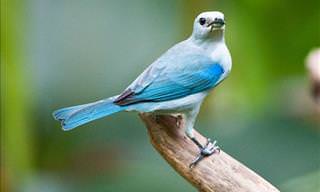
The Most Beautiful Birds in the World Are in Costa Rica
The Jungles of Costa Rica are rich in beautiful animal life, none more beautiful than the many birds that call it home.

These Are the Best Nature Walks in the Entire World
There's no doubt that walking in nature is good for the soul, so imagine what it would do for you along the very best routes in the world. Here are 10 of them.


